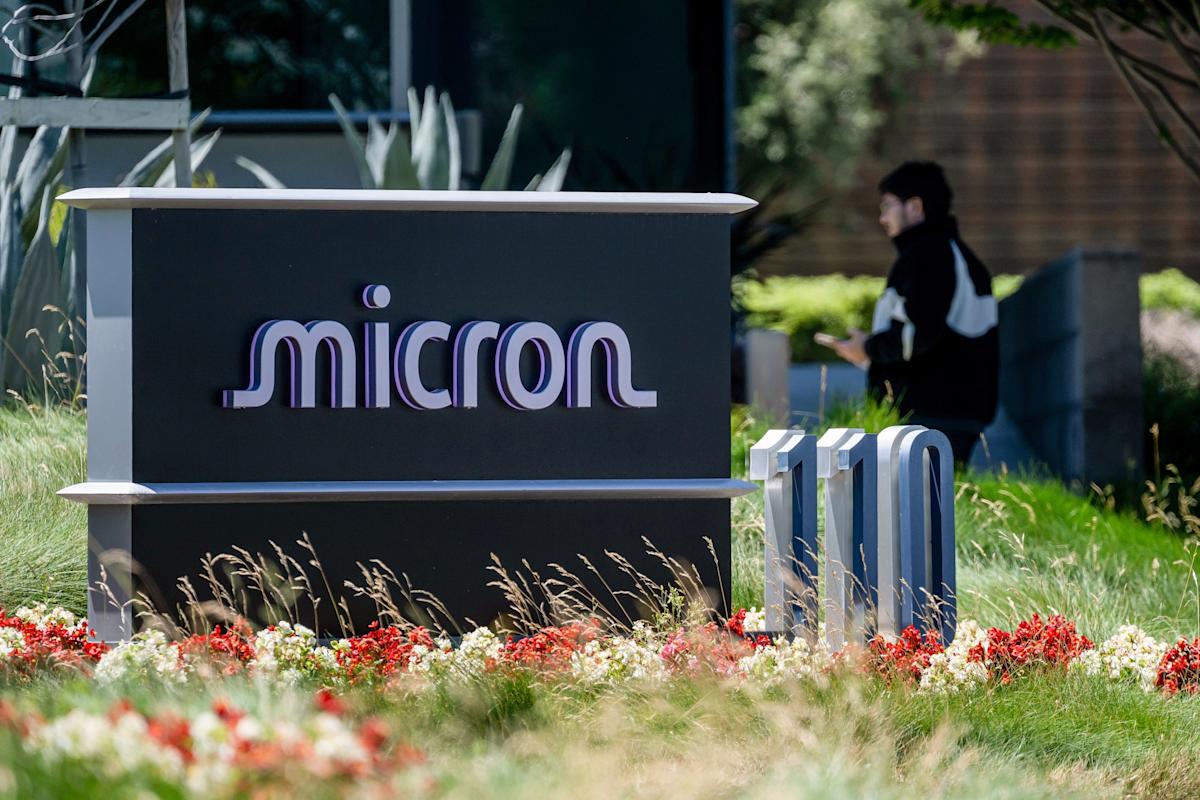Micron Gives Solid Forecast After AI Boosts Memory Demand
The Micron Technology offices in San Jose, California.
(Bloomberg) — Micron Technology Inc., the largest US maker of computer memory chips, gave an upbeat forecast for the current quarter, helped by demand for artificial intelligence equipment.
Most Read from Bloomberg
Fiscal first-quarter revenue will be roughly $12.5 billion, the company said in a statement Tuesday. Analysts had estimated $11.9 billion on average. Excluding some items, profit will be about $3.75 a share, compared with a projection of $3.05.
The outlook validates the idea that Micron has become a key beneficiary of AI spending. Its high-bandwidth memory, or HBM, is critical to the chips and systems that develop artificial intelligence models. That’s turned the technology into a particularly lucrative product for the Boise, Idaho-based company.
Still, it was hard for Micron to impress investors after an eye-popping rally this year. The stock whipsawed in late trading after the results were released. It had nearly doubled this year — rising at a faster pace than most of its peers — reflecting the AI-fueled optimism.
“In fiscal 2025, we achieved all-time highs across our data center business and are entering fiscal 2026 with strong momentum and our most competitive portfolio to date,” Chief Executive Officer Sanjay Mehrotra said in the statement. “As the only US-based memory manufacturer, Micron is uniquely positioned to capitalize on the AI opportunity ahead.”
Sales rose 46% to $11.3 billion in the fiscal fourth quarter, which ended Aug. 28. Analysts had estimated about $11.2 billion. Earnings were $3.03 a share, excluding some items, compared with an average prediction of $2.84.
Micron said it expects supply of memory chips to remain tight into next year. Demand for data center equipment is stretching the ability of companies to keep up with orders. AI-related business is also fueling demand for storage chips, known as Nand flash, Micron’s second-biggest product line.
The company warned investors that spending will go up as it tries to respond to that market strength. The company spent $13.8 billion on new plants and equipment in its fiscal 2025 and expects to invest more than that in the current financial year.
Micron said it reached price agreements for most of the HBM3e-type memory chips it can make in 2026. And the company is already offering samples of the successor generation of chips, HBM4. Micron expects to sell those products in fixed contracts, helping ensure that revenue is reliable.



Leave a Comment
Your email address will not be published. Required fields are marked *